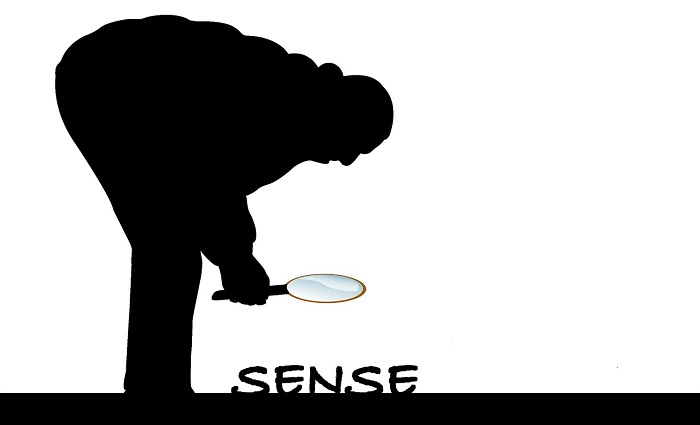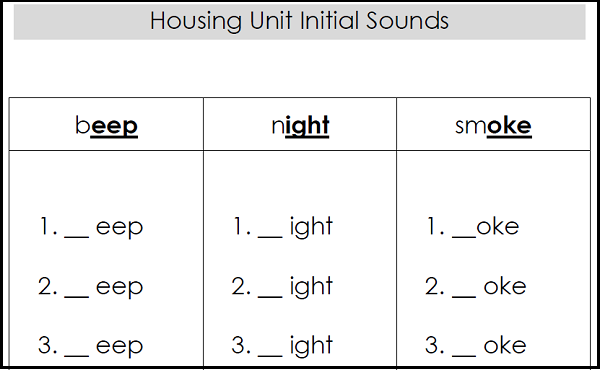- MN ABE Connect
- Archive
- Word-Level Focused Activities to Help Low-Literacy ESL Learners Decode: PART 2
 January 7, 2019
January 7, 2019
Word-Level Focused Activities to Help Low-Literacy ESL Learners Decode: PART 2
Mya Shaftel, ESL TeacherTeachers of emergent adult ESL learners dedicate many hours of instruction to building vocabulary. While introducing and practicing new vocabulary, teachers can help learners start to recognize patterns in words explicitly by teaching sound-symbol correspondences, and by sequencing and scaffolding word-level activities. Focusing on word beginnings and word families can help learners recognize patterns, which can improve their ability to decode words.
In Part 1 of this article, we covered onset, or word beginnings. In Part 2, we will look at initial phonemes.
Activity #2 – Initial Phonemes
After focusing on onset, move on to isolating and substituting initial phonemes (see Initial Phoneme Isolation Worksheet).

Again, it is helpful to project this worksheet on an overhead. Look at the first word heading beep. Ask learners “What is the beginning sound?” [/b/] “What happens when we take away the /b/? What do we have at the end of the word? [/eep/]. How do we spell ‘eep’? Say ‘eeeeep’ with me.” Point to the letters ‘eep’ for number one and say ‘eeeeep’. Using your finger, underline ‘eep’ on the screen for numbers two through five. Have learners repeat ‘eep’ with you each time.
Dictate the first word from the word list to learners (deep, jeep, keep, sheep, sleep, and sweep). Ask learners to identify the beginning sound. Confirm and write in the missing beginning sound. Continue with numbers one through five. Number four is the digraph /sh/ and numbers five and six have blended beginnings; be sure to point that out to learners. For number six, learners write the whole word on their own, demonstrating that they can see and hear the pattern. Repeat the process for word headings night and smoke.
Once you have completed writing in all the missing beginning sounds, practice reading the words aloud. This is a good place to focus on beginning, middle, and ending sounds of each word, as well as on blending sounds together to produce the new words. Demonstrate this by underlining each phoneme on the screen or board with your finger as you say the words, or by tapping and dragging your hand on your opposite arm to show the beginning (represented by the top of your arm), middle (the crease in your arm), and the end (your fingertips) of the word.
Next, talk about rhyme. You may need to remind learners that when we talk about rhyme, we are looking for words that sound the same at the end. Ask learners: “Which word rhymes with beep? Which word rhymes with night?” By talking about rhyme at this point, you are setting learners up for the final production tasks in this series.

Newsletter Signup
Get MN ABE Connect—the official source for ABE events, activities, and resources!
Sign UpArticle Categories
- ABE Foundations/Staff Onboarding
- ACES/Transitions
- Adult Career Pathways
- Assessment
- CCR Standards
- Citizenship
- COVID-19
- Cultural Competency
- Digital Literacy/Northstar
- Disabilities
- Distance Learning/Education
- ELA
- Equity/Inclusion
- ESL
- HSE/Adult Diploma
- Listening
- Math/Numeracy
- Mental Health
- Minnesota ABE
- One-Room Schoolhouse/Multilevel
- Professional Development
- Program Management
- Reading
- Remote Instruction
- Science
- Social Studies
- Speaking/Conversation
- Support Services
- Teaching Strategies
- Technology
- Uncategorized
- Volunteers/Tutors
- Writing